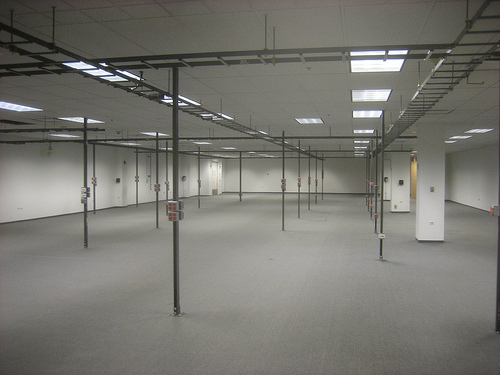As the horizons of an organisation expand, often its payroll, facilities requirements and asset portfolio grow too. What was once a very simple portfolio of assets can quickly become challenging to manage, particularly as more and more classes are added to it. Classes from office equipment to industrial machinery and corporate artwork to fuel stores; planning and managing an organisation’s is no easy task.
It is little wonder then that more and more facilities and corporate asset managers are turning to computer aided facilities management (CAFM) to meet the evolving demands on their organisations.
Traditionally, CAFM solutions were only implemented by large companies, with vast portfolios of assets to manage. As providers bring down prices, however, CAFM is becoming accessible to organisations of all shapes and sizes. Moreover, organisations in almost any industry or field can benefit from facilities management technology as both tangible and intangible assets require managing.
Often, complete CAFM solutions provide far more functionality than just asset management.
The asset management functionality of a CAFM package typically offers the following functions:

1. Space and Floor Planning
A CAFM system has the ability to plot, track and monitor office space in quasi-real time to ensure an organisation is utilising its office and warehouse space optimally.
2. Corporate Asset Tracking
Similarly, the management system can monitor the utilisation and state of repair of corporate assets such as computers, security and safety equipment and furniture. A complete CAFM solution will integrate this data with a maintenance management system to provide scheduled maintenance programs and reduce the response time for suddenly required repairs.
3. Resource Planning and Inventory Management
By tracking the flow of resources into and out of an organisation’s inventory, a CAFM solution supports accurate, up to date resource planning and product monitoring. Moreover, asset values can be tracked to provide up to date financial reports on the organisation’s inventory.
In addition to these individual functionalities, the beauty of CAFM software is that asset management becomes integrated with the other core functionalities of facilities management. As already mentioned, maintenance can be scheduled automatically, the flow of resources can be managed through integration with resource planning (ERP) systems and barcode systems can be implemented in warehouses and on the shop floor to monitor inventory levels in real time.

To summarise, managing an organisation’s assets through CAFM has many advantages. Not only can an organisation expect to simply optimise their asset utilisation, they can also improve planning strategies and increase their asset lifespans by integrating the asset management facility with other core operations.
Summary
Asset management can a mammoth task for any organisation, regardless of size or industry. This article addresses how a computer aided facilities management system could aid your organisation by improving productivity and reducing costs.